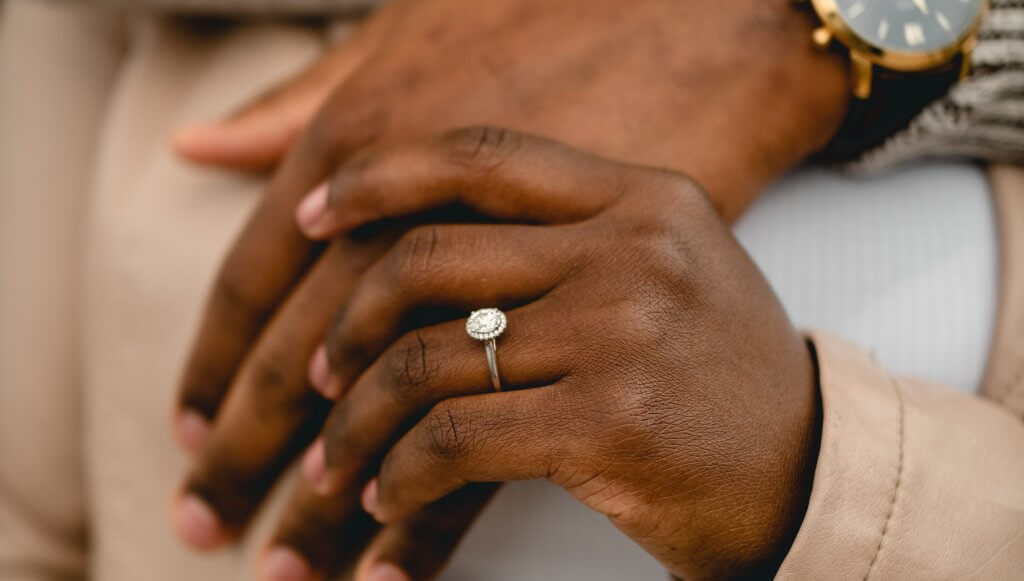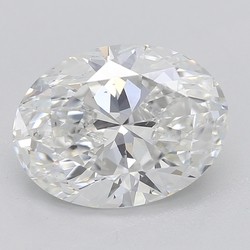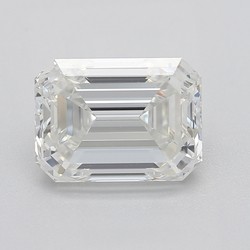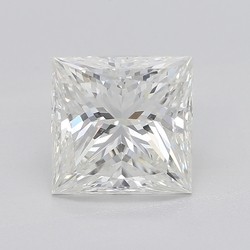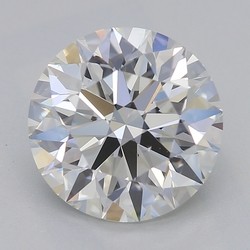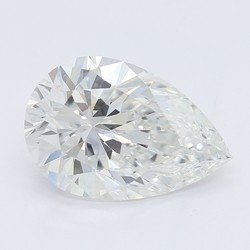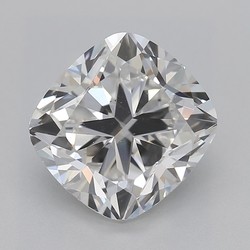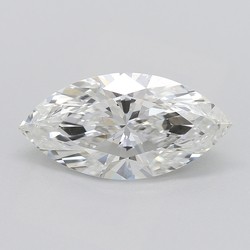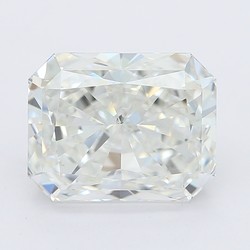How Much Does a 5 Carat Diamond Ring Cost?
Key Takeaways
- On average, a 5 carat diamond can cost anywhere from $45,000 to $750,000, but you want to avoid anything that is priced at the very bottom or very top of this range.
- Cut is the most important factor to consider, so don’t save money here. Save money on Clarity and Color, without getting a diamond that looks flawed.
- This is easier than it sounds, provided you understand the basics of the Four Cs.
- 5 carats is an excellent weight, and these diamonds will have an incredible power when worn on the finger.
- They’re harder to get used to than smaller diamonds but, for most people, that’s a small price to pay for something so impressive, and so beautiful.
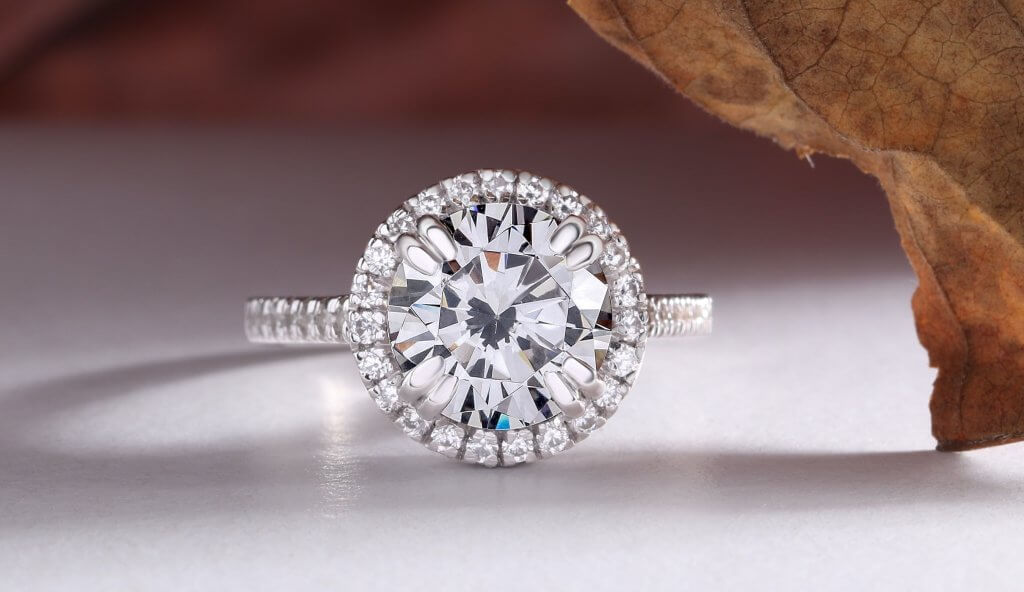
At WillYou.Net, we spend enough time thinking about engagement rings, looking at engagement rings, and talking about engagement rings that we’re pretty used to dreaming about them, too. So, if you come onto our site looking to find the dream engagement ring for your partner, we can safely say that you’re in the right place.
For a lot of people, that dream engagement ring is practically synonymous with ‘the biggest ring you can find’. As you can imagine, we totally understand why. While there’s a lot we love about smaller diamonds and daintier engagement rings, there’s something indescribably exciting about an engagement ring that goes above and beyond. A diamond so big that it seems to have its own gravitational pull – one we can’t, and don’t want to, fight against – really is the kind of thing that dreams are made of.
The catch? A really, truly beautiful 5 carat diamond comes at a price – and a big one at that. If you were to launch yourself straight into the jewelry world – head directly toward the diamond district, say – then it wouldn’t take long for you to come across a 5 carat diamond at an absolute steal.
But, as with any carat weight range, there are great 5 carat stones and there are terrible, waste-of-time-and-money duds. Read out guide to make sure you don’t walk home with one.
How Big is a 5 Carat Diamond?
A 5 carat Round cut diamond with ideal proportions will have a diameter of just over 11mm.
One of the first things you’ll want to get your head around is the fact that diamonds do not double in size each time the carat weight doubles. In other words, a 5 carat diamond will not be twice the size of a 2.5 carat diamond, just as a 2 carat diamond is not twice the size of a 1 carat diamond.
Carat is a unit of measurement for weight, rather than size. Larger diamonds still need to be cut to very particular proportions in order to be considered good quality, so that extra weight needs to be distributed throughout the stone – not just in the face-up appearance, where the diameter is measured.
Nevertheless, a 5 carat diamond is still significantly – and very noticeably – bigger than the more ‘common’ carat weight ranges.
The most popular carat weight for a diamond engagement ring is 1 carat, and a 5 carat Round diamond is going to have a diameter that is approximately 4.6mm larger. If we’re comparing dinner plates, that’s a very small difference – but, in the world of diamonds, that’s an unmissable, unmistakable difference that will really stand out from the rest.
Is 5 Carats Too Big?
Not at all. It’s definitely a lot bigger than what the ‘average’ person would expect for their engagement ring – and, as a result, it may be a little harder to get used to wearing, but that’s part of the fun.
The only mistake you could make is assuming that ‘bigger is better’ if you know your partner prefers to keep things low key. The popularity of bigger diamond engagement rings doesn’t mean that everyone will want to wear a diamond that knocks your socks off from across a crowded room. Only you can know what your partner wants.
That said, if you’re confident that a whopper of a diamond is exactly what she wants, you don’t need to worry about 5 carats being ‘too big’, because there’s no such thing. Even on slender hands, a 5 carat diamond won’t hang over the edges of the finger – but, at the same time, it will be big enough to be very flattering on any hand shape or size.
If you’re thinking of a halo design for your engagement ring, however, keep in mind that the extra bulk may make the ring wider than your partner’s finger. There’s nothing necessarily wrong with this, and it’s not something she can’t get used to, but people with a more active lifestyle may find it a little cumbersome.
A weight of 5 carats is the equivalent of 1 gram, or 0.03 ounces. Your partner will definitely be aware of it siting there on her hand, but it’s not going to weigh heavy or slow her down.
If you need any more reassurance, keep in mind the fact that 5 carat diamonds are pretty popular among celebrities. Mila Kunis’ engagement ring from Ashton Kutcher, for instance, is rumored to fall right around the 5 carat mark – and the same goes for Kristin Cavallari. If style icons are embracing them, you know you’re onto a winner.
Are 5 Carat Diamonds Difficult to Wear?
Yes and no. It’ll take time to get used to, but that’s true of practically any diamond ring of any size.
The only diamond ring styles we can think of that would be ‘easy’ to wear from the first moment they slide onto the finger are flush set and bezel set rings. Both of these styles keep the diamond ‘level’ with the metalwork, which means that they’re not going to snag or scrape when you’re going about your daily business.
The more popular setting options, including the various types of prong settings, typically require some kind of adjustment period. They hold the diamond higher above the finger – a big benefit for the diamond, since the more light that is able to reach it, the more it can sparkle – and that does naturally mean that the diamond will catch and snag at first.
But plenty of people have adapted to this before, and plenty more will do so in the future. Diamonds much weightier than 5 carats have been worn daily, so don’t panic.
What is the Average Price of a 5 Carat Diamond?
In general, you can expect to see 5 carat diamonds range in price from $45,000 to $750,000, depending on their quality and rarity.
Why would anyone pay closer to the top-end when they can get a 5 carat diamond for less than $50,000? Because, like most things, those diamonds available at the very low end of the spectrum are riddled with quality issues – issues that really will ruin the impact your diamond has, even on non-expert eyes.
Diamonds can look incredible – these are the diamonds we’re used to seeing in pictures and in the movies – or they can be totally ruined by their own flaws. That’s not to say that you need to pay for the very best in quality to get a beautiful stone – there’s a healthy middle ground that we can help you to find, where the price is far more realistic – but it is to say that you can’t aim for that low-end price and expect to walk home with a showstopper of a diamond.
At WillYou.Net, we’re committed to demystifying diamond prices – to making you aware of all the factors that determine that final number on the ticket – and to giving you the practical knowledge you need to avoid over- or under-spending on your diamond, no matter the carat weight.
The Four Cs and Price
By now, you have probably run into the phrase ‘the Four Cs’ at least once. They are the most important things you need to think about before you hand over your money, and ‘Carat weight’ is just one of them. So, while you know you’re in the market for a 5 carat diamond, there is plenty more to think about besides weight alone.
What Color Grade is Best for a 5 Carat Diamond?
We’d recommend you focus on the higher end of the Near Colorless range – grades G and H – to get the best value without sacrificing on quality.
Despite the fact that these grades are classed as ‘Near Colorless’ rather than ‘Colorless’, it’s important to remember that each one of these grades, from D to Z, is incrementally ‘worse’ than the one that came before it. What’s more, color is graded under extremely particular lighting conditions and equally extreme magnification. If the grader can barely see it – and, as a result, considers it very nearly colorless – it’s highly unlikely you will ever see it, even if you wear that diamond every day for decades.
That said, when you’re looking at bigger diamonds, it’s important that you don’t see every grade within that ‘Near Colorless’ range as the same. For smaller diamonds, a color grade of I or J is often perfectly fine, and far more reasonably priced. But, in larger diamonds, it’s easier to see color – and, as a result, it’s better to avoid dipping below an H grade.
D, E, and F are, objectively speaking, the best grades. For you, however, the high premium attached to the colorless grades is not the best way to bag a great diamond at the best price possible.
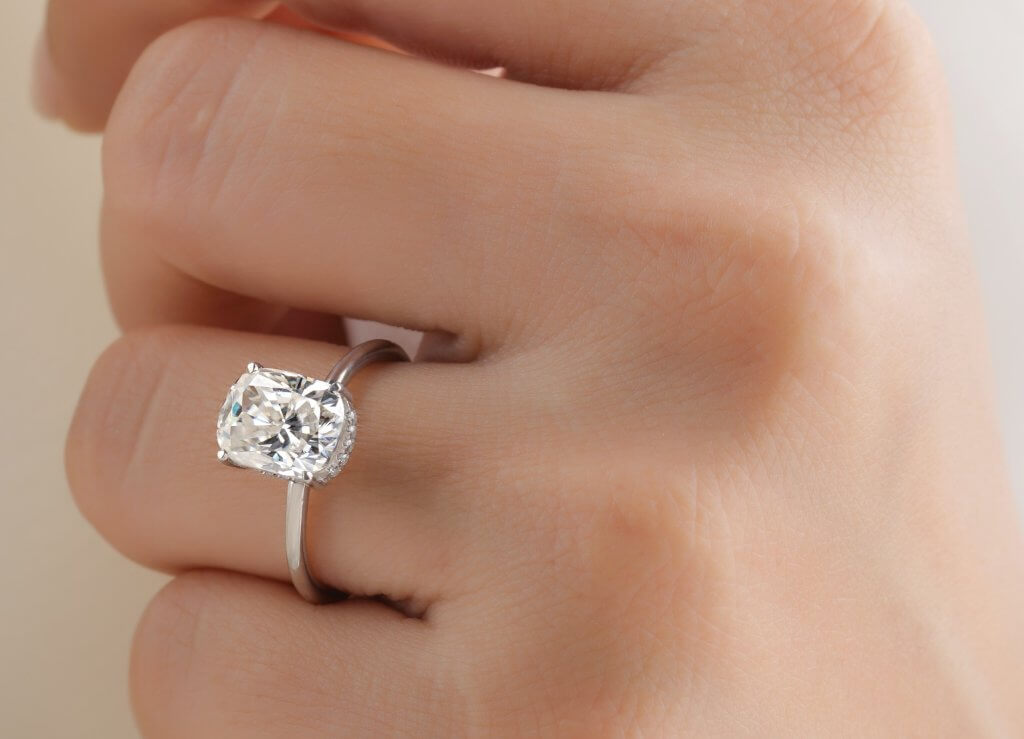
Our Summary
A beautiful 5 carat diamond will stop people in their tracks – bring conversations to a halt – and bring a true touch of magic to your proposal. It’s certainly a big investment, and a big stone to wear on your finger –but, when it all comes together, you’ll find it’s more than worth the time and money you put into choosing it.
One thing to remember is not to get complacent. Just because you’ve got a big budget to blow, doesn’t mean everything available at your price point will be worth buying. Diamonds vary drastically in terms of quality, and you need to be able to distinguish between a great investment, and a waste of money.
Remember that your jeweler is there to turn your vision into a design – to help you put into words what it is that your partner wants – and, most importantly, to make you and your partner’s dreams come true. But, in order to do that, it helps if you’re able to bring that vision to the table in the first place. Do your research, take your time, and don’t assume that the path of least resistance (AKA, ordering it online to come straight to your front door) is the one that will yield the very best results.

Mar 17, 2022 By Willyou.net
A perfect balance of sparkle and size: 0.5 Carat Diamond Engagement Rings
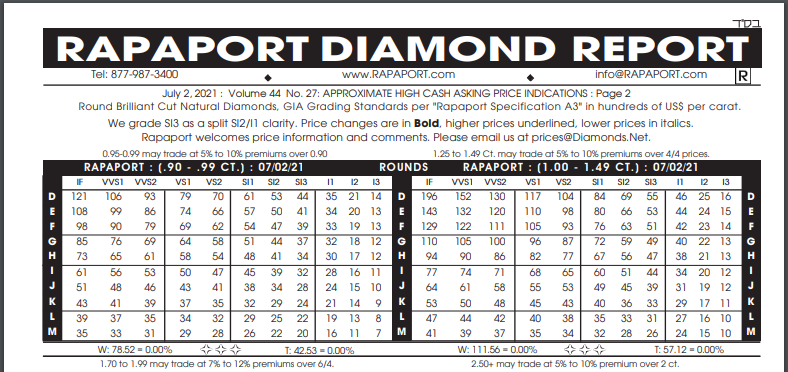
Oct 15, 2021 By Willyou.net
Understanding Your Investment: Are Diamonds Valuable?
